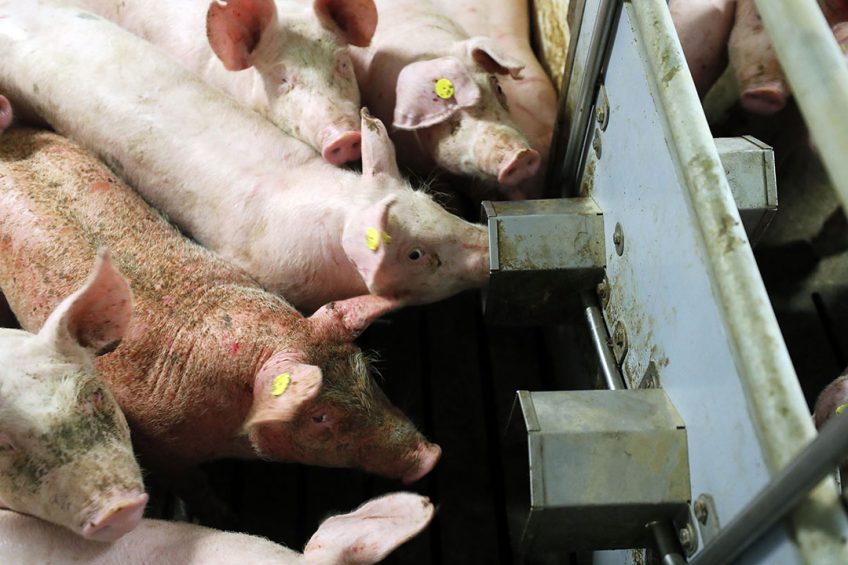Antimicrobial usage in the US pig industry

Tetracyclines were the largest class of antibiotics found in an analysis of their use on selected farms in the United States in 2016 and 2017.
That was the result of an analysis, made by scientists of the University of Minnesota, St Paul, MN, United States. The study was published recently in the scientific journal Zoonoses and Public Health. The authors aimed to advance the understanding of antimicrobial use in the pig industry and to support antimicrobial stewardship initiatives.
The team used data on antimicrobial use, which were collected for the 2 years from swine producers in the United States. 9 large systems, collectively producing over 20 million market pigs annually, voluntarily provided data.
Scope of the study: Growing pigs
The scope of the study was limited to growing pigs, and the granularity of data varied across the systems. Data were summarised both qualitatively and quantitatively by antimicrobial class, active ingredient and route of administration (injection, water and feed). Data on the purpose of administration, doses and durations of administration were not available, but some information was provided by the responsible veterinarians.
Aggregate data were similar both qualitatively and quantitatively in 2016 and 2017, although marked changes between years were evident within systems for some antimicrobials.

Reducing antibiotics: Do we need to refocus our attention?
Majority of antimicrobials used are tetracyclines
Antimicrobial use (by weight) was dominated by the tetracycline class (about 60% of total use). In addition, the scientists said, antimicrobials in classes categorised as critically important constituted 4.5% and 5.3% of total use in 2016 and 2017, respectively.
In both years, fluoroquinolone (0.23%, 0.46%) and 3rd generation cephalosporin (0.15%, 0.11%) use collectively accounted for <1% of total use. administration was predominantly oral in feed and water, and injection comprised approximately 2% of use overall, but around 12% for critically important antimicrobials. the researchers added that there was considerable variability among systems in patterns of antimicrobial use.></1%>
The team closed off saying: “This pilot project demonstrates the feasibility of acquiring antimicrobial use data via voluntary sharing. It is currently being expanded among larger swine production systems, and further efforts to enable confidential data sharing and benchmarking for smaller producers are being pursued by the swine industry.”
As a warning, they added, “Recognised biases in the data caution against over‐interpretation of these data as an index of national use.”
Also antimicrobial initiatives in beef cattle, dairy, turkey and chicken
It is not only in pig production that US researchers wish to get more insight. The University of Minnesota therefore recently teamed up with Kansas State University and the US Food and Drug Administration Center for Veterinary Medicine (FDA-CVM) to develop pilot systems for collecting and analysing antimicrobial use data from US beef feedlot, dairy, swine, turkey, and chicken production settings.
The article in Zoonoses and Public Health was authored by Prof Dr Peter R. Davies and Prof Dr Randall S. Singer, University of Minnesota, MN, United States.











